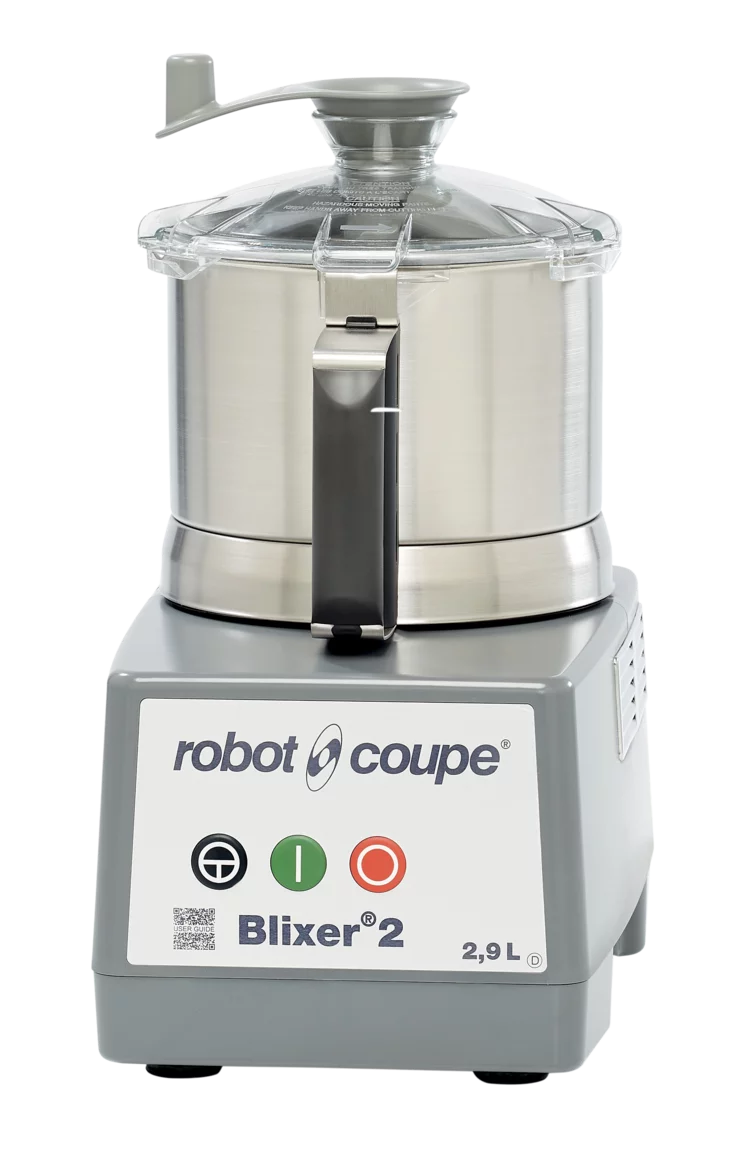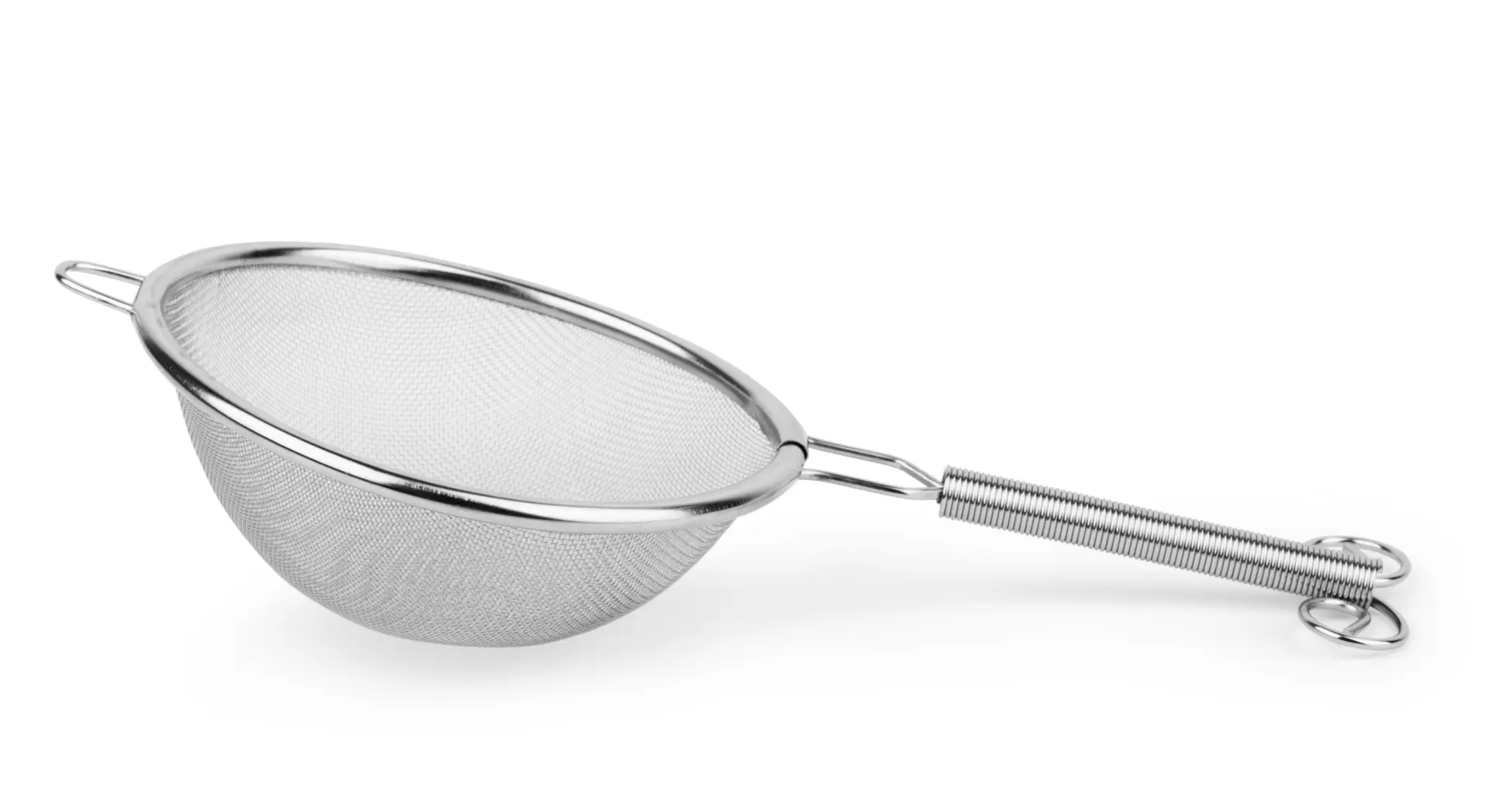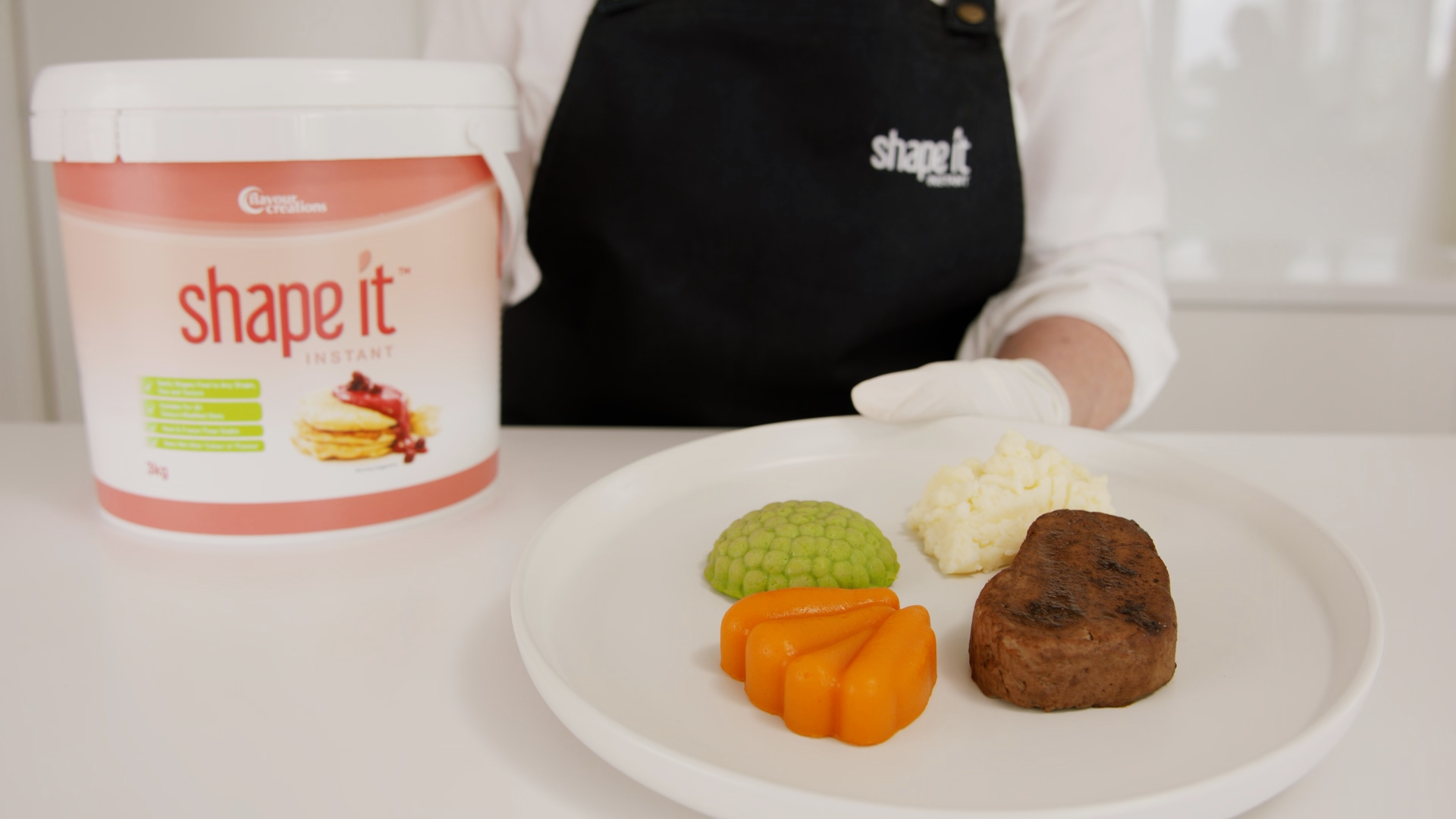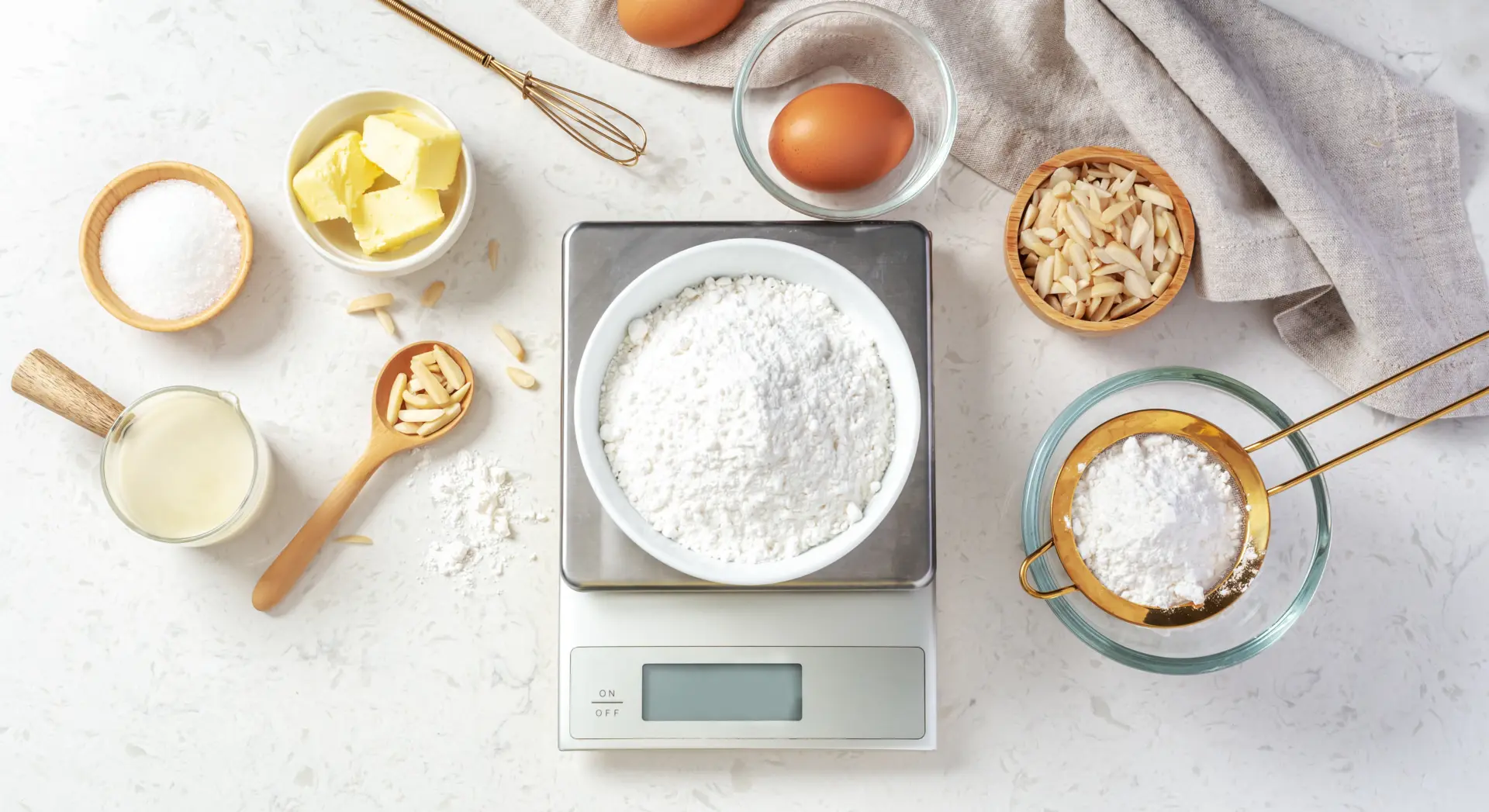Equipping Your Kitchen for Dysphagia Success
Preparing meals for someone with dysphagia, or swallowing difficulties, requires more than just culinary skill; it necessitates the right tools. The correct equipment is paramount for creating safe, palatable, and visually appealing meals that meet the strict texture requirements of the International Dysphagia Diet Standardisation Initiative (IDDSI). This guide focuses on setting up a dysphagia-friendly kitchen, highlighting the essential tools that will empower you to confidently prepare meals, particularly those adhering to IDDSI Level 4 (Pureed).
Tool #1:
The High-Powered Blender – Your Pureeing Powerhouse

For individuals on a pureed diet, a high-powered blender is arguably the most crucial piece of kitchen equipment. Achieving the perfectly smooth, lump-free consistency required for IDDSI Level 4 necessitates a blender with significant power and precision. A standard, low-wattage blender will likely struggle to process foods to the required smoothness, potentially leaving behind small particles that could pose a choking hazard.
When choosing a blender, prioritize features such as a powerful motor (measured in watts or horsepower), variable speed settings, and a durable, well-designed blade system. The ability to control the blending speed is essential for gradually incorporating liquids and achieving the desired texture without over-processing.
For optimal blending results, always cook ingredients until very soft before pureeing. Add liquids gradually to achieve the desired consistency, and don’t be afraid to pause and scrape down the sides of the blender jar to ensure everything is evenly processed.
Our recommendation
While many high-powered blenders are available, for the specific demands of consistently producing IDDSI Level 4 purees, the Robot Coupe Blixer stands above the rest. The Blixer is not simply a blender; it’s a combination of a blender and a food processor, specifically engineered for healthcare and professional kitchens. Its unique design features a bowl-based scraper arm and a serrated blade that work in tandem to create exceptionally smooth purees, even with fibrous or challenging ingredients. The Blixer’s powerful motor and precise controls allow for unparalleled consistency, eliminating the risk of hidden lumps or inconsistencies that could compromise safety. It’s an investment, but its reliability, efficiency, and ability to consistently produce IDDSI-compliant purees make it the gold standard for dysphagia meal preparation.
Tool #2:
The Fine Mesh Strainer – Ensuring a Lump-Free Consistency

Even with a powerful blender like the Robot Coupe Blixer, a fine-mesh strainer is an indispensable tool for ensuring absolute safety and adherence to IDDSI Level 4 guidelines. The strainer acts as a final safeguard, catching any tiny particles or fibres that may have escaped the blending process. This is crucial for minimizing the risk of aspiration.
Using a strainer is simple: after blending, pour the puree through the strainer, using a spatula or spoon to press the mixture through the mesh. This will leave behind any unwanted solids, resulting in a perfectly smooth and safe consistency. The process may be slightly different for certain food types. For example stringy vegetables, might require a more vigorous pressing action.
When choosing a strainer, opt for one with a fine mesh and a comfortable handle. Stainless steel strainers are durable and easy to clean.
Tool #3:
Silicone Moulds – Shaping Up Mealtimes

While texture is paramount for safety, the visual appeal of food significantly impacts a person’s appetite and overall enjoyment of meals. Shape It Moulds are specifically designed to transform pureed foods into visually appealing shapes that resemble their original forms, dramatically improving the dining experience for individuals with dysphagia, making mealtimes more dignified and enjoyable.
Shape It Moulds are made from high-quality, food-grade silicone, making them flexible, durable, and easy to clean. They are designed to be used in conjunction with Shape It powder, a thickening and shaping agent that allows purees to hold their form when moulded. The combination of Shape It powder and Shape It Moulds provides a reliable system for creating consistently shaped, appealing, and IDDSI-compliant meals.
To use Shape It Moulds, you’ll first prepare your pureed food according to the recipe, incorporating Shape It powder as directed to achieve the correct consistency for moulding. This typically involves blending the cooked food with the appropriate amount of Shape It powder and liquid until a smooth, thick, and cohesive texture is achieved. Then, simply spoon the prepared mixture into the Shape It Moulds, ensuring they are filled evenly. After chilling for the recommended time (as per instructions), the pureed food can be easily demoulded, retaining its shape and providing a visually appealing presentation.
Shape It Moulds are available in a variety of shapes and sizes, mimicking familiar foods like chicken breasts, fish fillets, vegetable portions, and fruit slices. This variety allows for diverse meal presentations, preventing mealtime monotony and stimulating appetite.
For more information on Shape It Moulds: Click Here
Tool #4:
Portioning Tools – Precision for Consistency and Safety

Accurate portioning is important for several reasons in dysphagia meal preparation. It ensures consistent texture (as the ratio of solids to liquids affects the final consistency), helps with calorie and nutrient control, and allows for predictable meal planning.
Using measuring spoons, measuring cups, and food scales is essential for achieving consistent results. For example, when adding thickening agents, precise measurements are crucial for achieving the correct IDDSI level. Similarly, consistent portion sizes help ensure that the individual receives the appropriate amount of food at each meal.
Invest in a set of good-quality measuring spoons and cups and consider a digital food scale for even greater accuracy, particularly when working with thickening agents or recipes that require precise ingredient ratios.
Tool #5:
The Texture-Testing Spoon (and Fork) – Your IDDSI Compliance Check
The final, and arguably most crucial, step in preparing IDDSI Level 4 purees is to verify the texture using the official IDDSI testing methods. While a specialized IDDSI Flow Test syringe exists primarily for liquids, the most common and practical tests for Level 4 foods involve a standard fork and spoon.
The Fork Drip Test involves scooping a sample of the puree onto a fork. The puree should sit in a mound above the tines, with minimal dripping through. A small “tail” below the fork is acceptable, but continuous dripping indicates the puree is too thin.
The Spoon Tilt Test requires placing a spoonful of puree on a spoon and then tilting the spoon. The puree should slide off easily and cleanly, leaving little or no residue. If the puree sticks to the spoon, it may be too thick or sticky.
By consistently performing these tests, you can ensure that the prepared food meets the required IDDSI Level 4 standards, providing peace of mind and maximizing safety for the individual consuming the meal. There are no specific product recommendations. A standard teaspoon and fork will suffice. Regular testing is more crucial than the specific utensil used.
Empowering Care with Shape It
Equipping your kitchen with the right tools is a crucial step in providing safe, nutritious, and enjoyable meals for individuals on an IDDSI Level 4 Pureed diet. While mastering the techniques of pureeing and texture modification takes practice, the combination of the right equipment and a commitment to consistency will empower you to confidently prepare meals that meet the specific needs of those in your care.
Shape It, with its innovative powder and specially designed moulds, plays a vital role in this process, bridging the gap between safety and palatability. By embracing these tools and techniques, you’re not just preparing food; you’re enhancing quality of life, promoting dignity, and fostering a positive mealtime experience. Remember to always consult with a speech pathologist and dietitian for personalised guidance, and utilise the resources available from organizations like Speech Pathology Australia and Dietitians Australia.